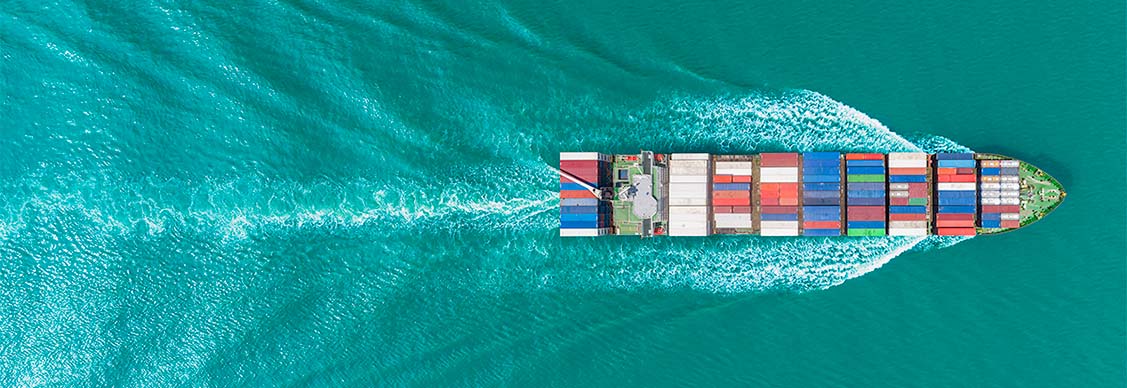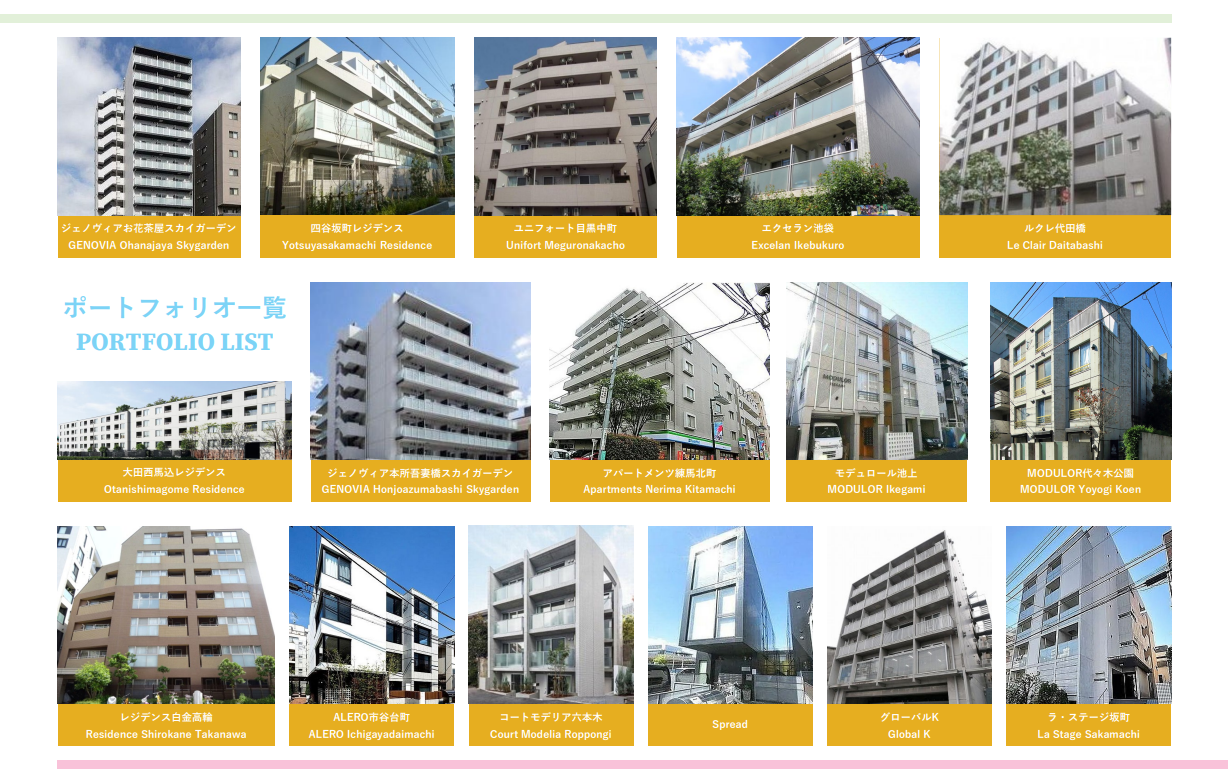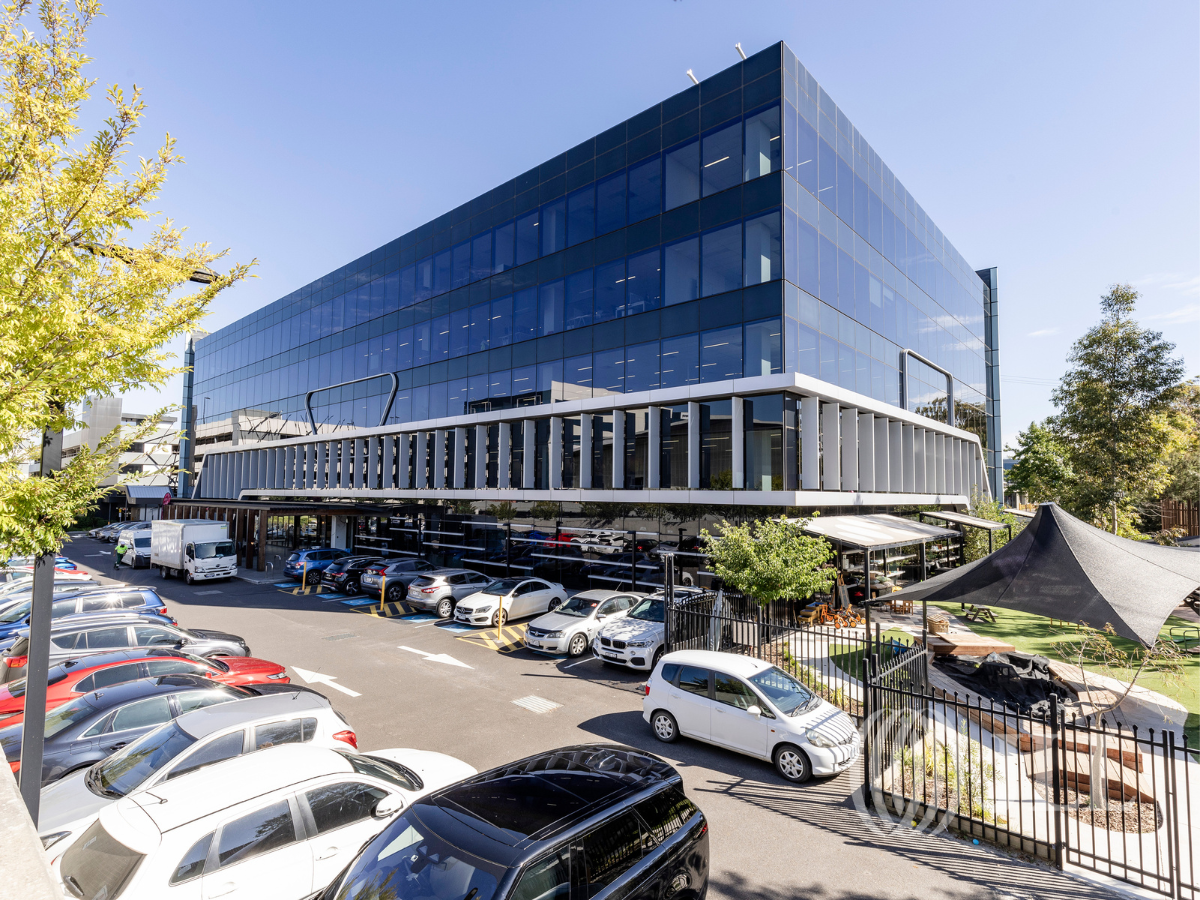VN Industrial & Logistics: Resilient during uncertainties
Demand for e-commerce and pharmaceutical services ensured that industrial and logistics remains the most resilient asset class in 2021.
The early and mid-2021 will always be reminisced in history as the time when COVID-19 changed lives and businesses in Vietnam. Most provincial and city authorities imposed ‘Directive 16’, strict social distancing measures, fueling the dramatic acceleration of e-commerce as consumers stuck at home flocked online shopping.
“Amid a slowing economic activity, COVID-19 led to a surge in e-commerce and accelerated digital transformation,” says Trang Bui, Head of Client Development, Transactions Vietnam, JLL.
Currently, Vietnam is one of the fastest-growing e-commerce markets in Southeast Asia, with its young and tech-savvy population and strong growth of smartphones and 4G networks. The growth of retail e-commerce in 2020 was stable at 18%, with sales reaching $11.8 billion, according to Vietnam e-Commerce and Digital Economy Agency.
“Logistics and industrial buildings, comprising warehousing, supply chain and manufacturing facilities, received increasing investments due to the rise of e-commerce and third-party logistics (3PLs) services in recent years,” Trang said.
JLL forecasts logistics and industrial investment volumes to rise to $50-60 billion between 2023-2025 from $25-30 billion in 2019-2020 in Asia Pacific. Many foreign logistics providers are making efforts to meet the rapidly growing needs of the market.
Looking for more insights? Never miss an update.
The latest news, insights and opportunities from global commercial real estate markets straight to your inbox.
According to a JLL report, Vietnam has developed a tri-economic regional model to stimulate vertical growth across the country. In 2Q21, the total area of industrial land and ready-built factories in the North was 9,700 ha and 1.9 million sqm respectively, while that in the central region was 6,600 ha and 30,500 sqm; and in South, it was 25,200 ha and 3.2 million sqm.
Moreover, 2Q21 was also a playground for mergers and acquisitions. One of the most notable deals was Boustead acquiring a 49% stake in KTG Bac Ninh Industrial Development JSC in Yen Phong IP for about $6.9 million. The market also welcomed new investors such as GNP Industrial or KCN Vietnam, which can be seen as signs of great market potential even during the pandemic.
“The attractiveness of the logistics and industrial asset class will only intensify for investors, as many of them are starting to increase their exposure to logistics assets while they look to allocate capital into stable income-producing assets,” Trang added.
However, the spread of COVID-19 has also affected the supply chain and operations in the manufacturing industry. Factories faced labor shortages due to restrictions on movement. Logistics connections suffered from disruption in product delivery as goods were classified into essential and non-essential. The logistics system, supply chain, distribution channels, and retail channels are under pressure to meet social security policies while ensuring efficient services operations.
FMCG, e-commerce, pharmaceuticals, and cold storage are a few sectors that will have a high demand for additional warehouse space near urban areas. On the other hand, automobiles, heavy machinery, and chemical industries may look for short-term rent in suburban areas.
Prices of many construction materials have increased by 25% from early 2021, especially the steel price. These skyrocketing prices have affected budgets and delayed progress, forcing investors and contractors to recalculate if they wish to continue the project. The effects would reduce the supply of industrial real estate, factories, and warehouses in the short term, directly affecting the rental rate, which is likely to reach a new height.
“The scarcity of steel and its constantly fluctuating price in recent times is due to the imbalance between demand and supply. The demand by some countries increased sharply after the first wave of the pandemic. Especially the US market’s high purchase reflected the biggest-ever difference between the US and ASEAN market’s steel price. Another important reason is that China—one of the global key suppliers of crude steel, cut its production and export output to reduce the negative impact of emissions on the environment,” says Nguyen Cao Tri, President - NS BlueScope Lysaght Vietnam.
Investment Opportunities
“Given this price instability, manufacturers are required to take measures to mitigate risks, by diversifying sources of supply, changing the way they plan and operate their production, to offer more suitable options to customers in both short and long term,” Tri added.
Investors might remain cautious, critically scrutinizing portfolios before deploying capital for investments.
“However, demand for e-commerce and pharmaceutical services has ensured that Vietnam’s industrial and logistics real estate sector remains the most resilient asset class in 2021,” said Trang.
Still, Vietnam's logistics industry will have to overcome many challenges to achieve growth goals. It’s imperative for Vietnam to continue investing in infrastructure, including highways, utility networks, and renewable energy, to enter the next phase of the industrial and logistics cycle and become more competitive amongst regional peers. Most importantly, Vietnam also needs to improve the time and costs of its cross-border trade processes significantly.
Contact Paul Fisher
Country Head Vietnam, JLLWhat’s your investment ambition?
Uncover opportunities and capital sources all over the world and discover how we can help you achieve your investment goals.




